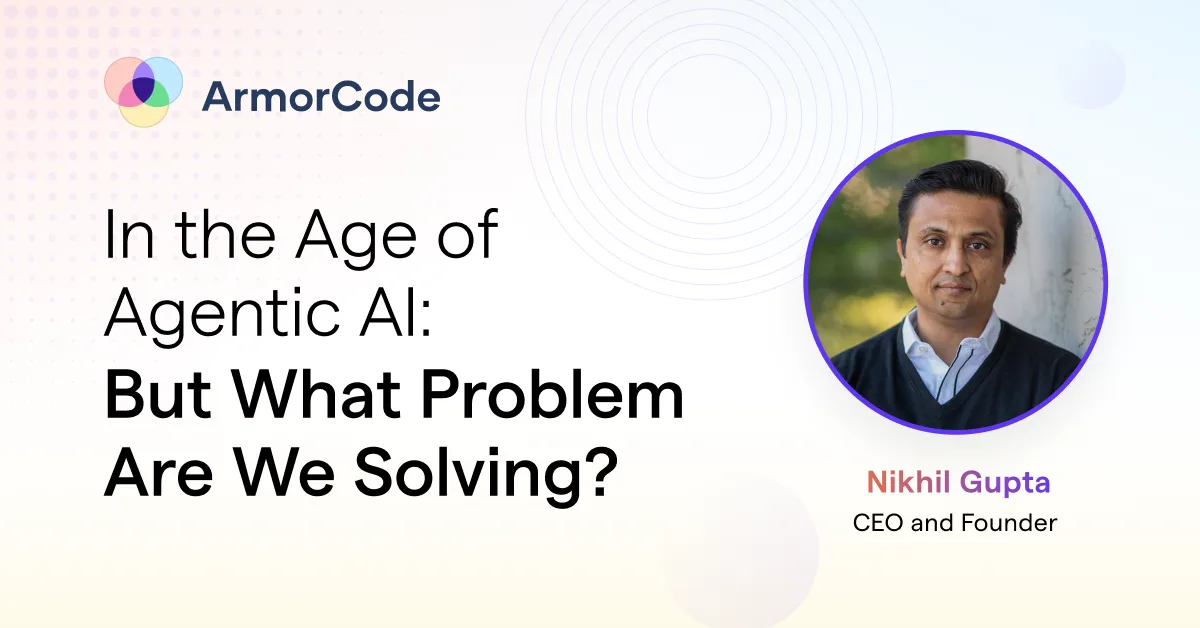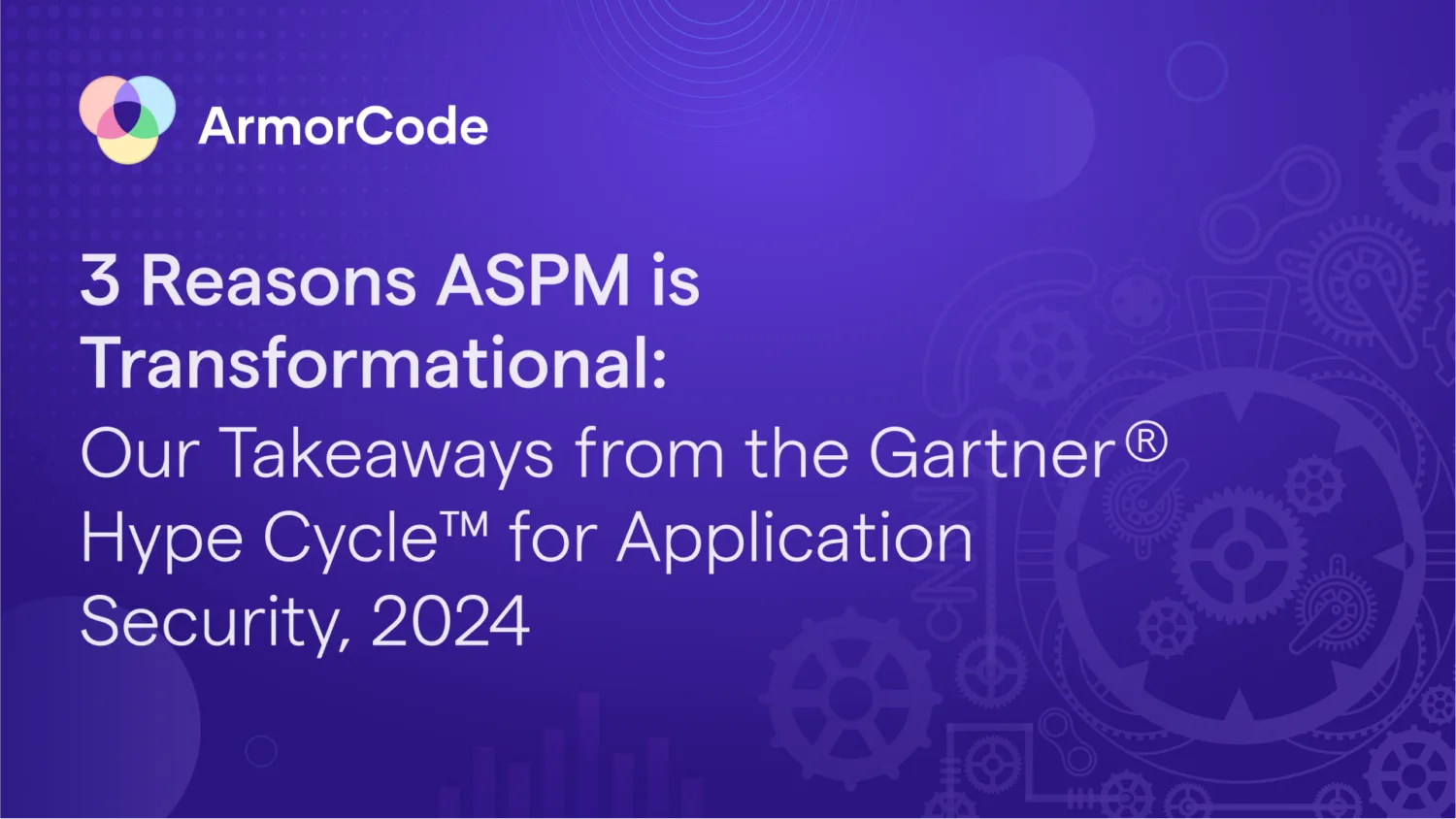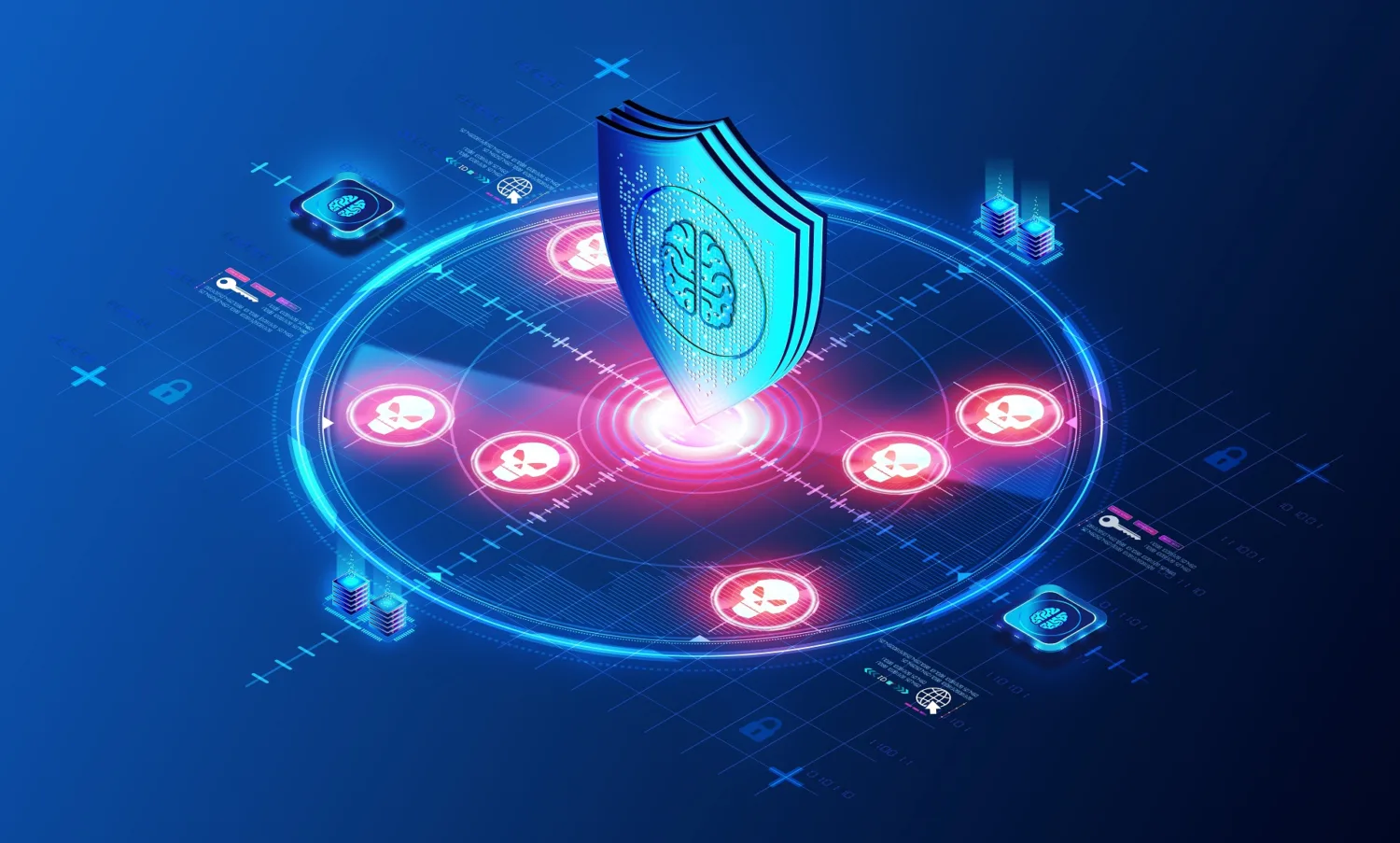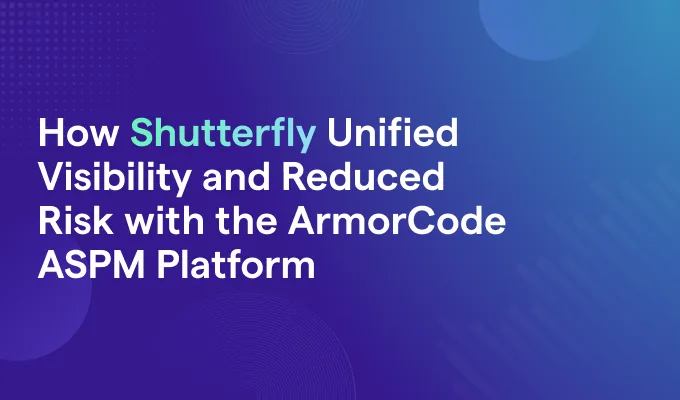In the Age of Agentic AI: But What Problem Are We Solving?

Everyone’s talking about agentic AI.
From the keynote stages at global conferences to strategy sessions inside boardrooms, the buzz is electric. The promise is clear: AI agents that don’t just automate, but that reason, plan, and act on their own – redefining how we build, ship, and secure software. But amid all this enthusiasm, I keep coming back to a more foundational question:
What problem are we trying to solve?
This is not a rhetorical question. In fact, I believe answering it clearly is the only way we can build responsibly in this era of autonomous AI.
Let’s take a step back.
A New Era of Code – And Risk
Over the past two years, AI has generated more code than human developers wrote in the previous decade.
Let that sink in for a minute…
Yes, AI is dramatically accelerating development. Engineers, product teams, and even citizen coders are moving faster than ever before. But with that velocity comes a new kind of vulnerability. We’re not just creating code – we’re creating risk at scale.
AI-generated code often lacks transparency. We don’t always know what data was used to train these models, how trustworthy that data was, or whether the outputs introduce bias, logic flaws, or even hidden backdoors. Worse, as the pace of generation increases, the ability to govern, test, and remediate that code simply cannot keep up.
“Velocity without governance doesn’t lead to progress – it leads to chaos.”
– Nikhil Gupta, Founder & CEO, ArmorCode
The LLM Arms Race and the Fragmentation of Innovation
In many ways, what we’re seeing today mirrors what happened during the early days of cloud.
Just as AWS, Azure, GCP, and Oracle emerged as dominant platforms, today we’re seeing the rise of LLM giants like OpenAI’s GPT, Anthropic’s Claude, Meta’s LLaMA, and Google DeepMind’s Gemini. Each brings unique strengths, each is building its own ecosystem, and each is moving at breakneck speed.
But here’s the challenge: we’re now living in a multi-model, multi-protocol world. There’s no single AI standard, no universal context engine, and no shared memory across these systems. Similarly, as enterprises utilize multiple clouds, depending on the workload, organizations will employ multiple LLMs tailored to specific use cases. This will exponentially increase the software complexity, making software security even more complex.
Efforts like the Model Context Protocol (MCP) are beginning to bring structure to this chaos. We are in the early stages of standardizing how different agentic AI solutions should communicate with one another. Complexity, in cybersecurity, always introduces risk.
Agentic AI + Security = Overload
In parallel, nearly every major software vendor is now embedding LLMs into their platforms. Security vendors, too, are racing to release their own agentic AI tools — each promising smarter detection, faster response, and better prioritization.
But here’s what no one is talking about: These agents don’t talk to each other.
Each tool is its own siloed brain, trained on its own data, governed by its own logic. There’s no interoperability, no shared state, no collaborative decision-making across vendor lines. And because security vendors are naturally competitive, that’s unlikely to change.
The result? A tsunami of AI-generated alerts, fragmented across dozens of incompatible systems. Meanwhile, security teams — already dealing with tool sprawl, talent shortages, and alert fatigue — are now being asked to manage and trust agents they can’t fully understand or govern.
It’s not just unsustainable. It’s dangerous.
Anya: A New Layer of AI Governance
This is the problem we set out to solve with Anya.
Anya is not a scanner. She’s not a chatbot bolted onto a dashboard. And certainly not a point solution.
Anya is ArmorCode’s purpose-built agentic AI governance layer — an intelligent, persona-aware engine designed to unify and orchestrate application and infrastructure security across today’s fractured toolchains and tomorrow’s autonomous software ecosystems.
At her core, Anya acts as your virtual security champion — reasoning across inputs, understanding context, and delivering precise, role-specific recommendations. Whether you’re a CISO making strategic decisions, a security engineer triaging findings, or a developer fixing issues — Anya speaks your language, adapts to your workflow, and focuses your attention on what matters most.
Let me be clear: we didn’t build Anya because it was trendy. We built her because it was necessary.
Security teams don’t need any more dashboards. They need a thinking partner. They need a system that:
- Cuts through noise with smart correlation across tools,
- Understands natural language and delivers contextual answers,
- Provides ranked, actionable remediations based on real risk and team ownership,
- And above all, operates as a neutral layer, not beholden to any single vendor’s ecosystem.
Real-World Validation
We’ve already seen the transformative impact of Anya across a variety of organizations.
At NetApp, Anya helped cut Mean Time to Remediate (MTTR) dramatically by providing clear, prioritized guidance that both security and development teams could act on — fast.
At S&P Global, Anya enabled security teams to align across business units, making risk communication and mitigation radically more efficient.
And at The Motley Fool, Anya has helped reduce noise, surface true risks, and empower smaller teams to make bigger impacts.
These aren’t theoretical improvements. They’re tangible, measurable outcomes. That’s the promise of a well-governed agentic AI system.
What Comes Next: Three Imperatives for Security Leaders
As we enter this new era, I believe there are three strategic imperatives that security leaders must embrace:
1. Rethink Security Team Structure
Agentic AI expands what your team can do — without expanding your headcount. But to fully realize this, you’ll need to rethink how roles are defined, how tasks are delegated, and how humans and machines collaborate.
2. Bridge the Developer-Security Divide
The old model of “throw it over the wall” doesn’t work. AI gives us an opportunity to embed security into the development process, providing real-time, contextualized guidance without creating friction. Take it.
3. Shift from Point-in-Time Assessments to Continuous Intelligence
Security can no longer be reactive. With champions like Anya, we can move toward always-on, adaptive intelligence — where posture, risk, and response evolve continuously, just like the code they protect.
Conclusion: Secure the Future Before It Secures You
Agentic AI isn’t just another tech cycle — it’s a profound shift in how software is built and secured. And it’s happening fast.
We have a choice: we can scramble to retrofit outdated tools and processes to this new reality, or we can build for it — thoughtfully, intentionally, and with governance at the core.
At ArmorCode, we’re choosing the latter. Anya is not just our latest feature — she’s our commitment to helping security teams thrive in the age of intelligent, autonomous systems. Because in the end, agentic AI won’t just change how we build software — it will change what level of security is even possible.
Let’s shape that future together.
Our team would like you to meet Anya.



